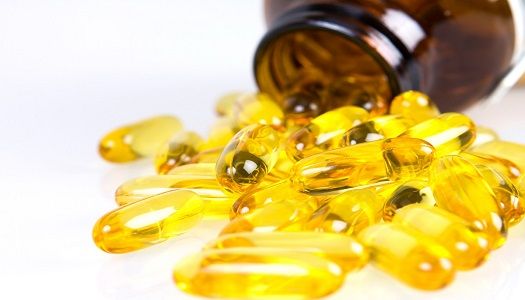Higher Vitamin D Dosage Doesn't Help Bone Metabolism in HIV-Positive Children
Adding an extra 20,000 IU vitamin D2 a week didn't make a difference.

“Adverse bone health is a non-communicable condition during the course life-long HIV treatment,” researchers said in their presentation at the Conference on Retroviruses and Opportunistic Infections (CROI 2017) in Seattle, Washington.
Around 4% to 8% of kids and adolescents with HIV in high-income countries have a bone mineral density (BMD) z-score of <-2, which is considered low. That proportion jumps to 16% to 32% in middle-income countries. Thailand-based researchers set out to find if dual supplementation with vitamin D and calcium could help.
The 48-week study began enrolling adolescents ages 10 to 20 with HIV in April 2015. The Thai children had a history of virologic suppression, which was characterized as HIV RNA <400 copies/mL.
None of the patients had bone fracture history, received treatment for low BMD, received supplementation for calcium or vitamin D (more than 1,000 mg and 400 IU daily, respectively), or received any medications that impact bone metabolism.
Based on the World Health Organization’s (WHO) classification, the 166 adolescents fell in the following HIV stages before starting antiretroviral therapy (ART): 74 patients (47.1%) in stages 1 and 2, 31 patients (19.8%) in stage 3, 48 patients (30.6%) in stage 4, and four patients (2.5%) were unknown.
BMD was measured at baseline and 48 weeks using the dual-energy X-ray absorptiometry (DXA) technique. They were randomly assigned to one of two groups:
- Normal-dose: 83 patients received 600 mg of elemental calcium and 200 IU of vitamin D3 (one tablet twice daily)
- High-dose: 83 patients received 600 mg of elemental calcium and 200 IU of vitamin D3 (one tablet twice daily), as well as 20,000 IU vitamin D2 (one capsule once weekly)

Supplement adherence was similar between the two groups. In addition, lifestyle characteristics such as sun exposure, cigarette smoking, alcohol consumption, and dietary intake were also comparable between the normal-dose and high-dose groups. No serious adverse events in connection with the supplementation were reported.
After 24 weeks, both groups showed an increase in serum 25-hydroxyvitamin D (25(OH)D) levels. Intact parathyroid hormone (iPTH), alkaline phosphatase (ALP), C-terminal cross-linked telopeptide of type 1 collagen (CTX—bone resorption marker), and procollagen type 1 amino-terminal propeptide (PINP—bone formation marker) levels decreased.
These results persisted through the end of the study, as the researchers confirmed, “Supplementation of calcium with high-dose vitamin D (3,200 IU) did not show difference in bone metabolism outcomes compared with normal-dose vitamin D (400 IU).” BMD results are under current evaluation.
Research has shown that HIV medications can negatively impact bone health. At least one study has concluded that ART-exposed individuals have a higher prevalence of BMD and osteoporosis is three times more likely in people with HIV. The risk of bad bone health may be even worse the younger patients begin ART.